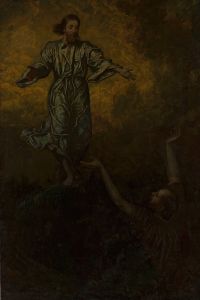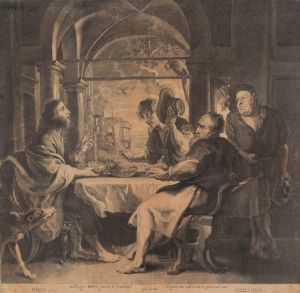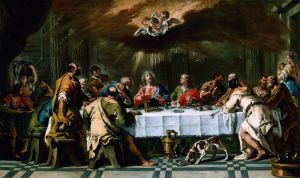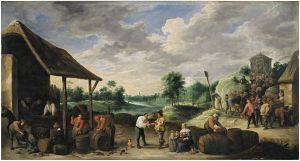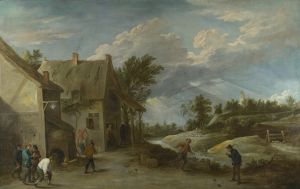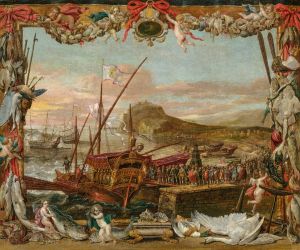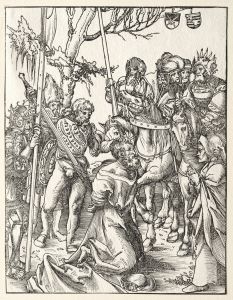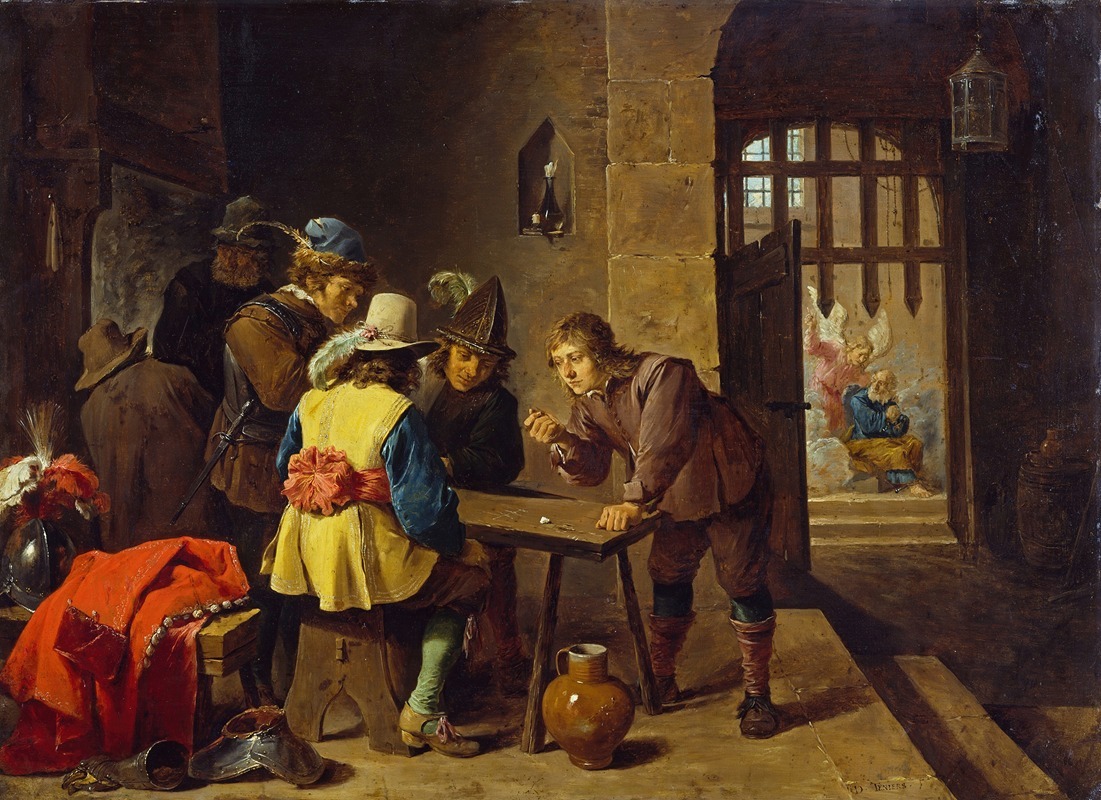
The Deliverance of Saint Peter
A hand-painted replica of David Teniers The Younger’s masterpiece The Deliverance of Saint Peter, meticulously crafted by professional artists to capture the true essence of the original. Each piece is created with museum-quality canvas and rare mineral pigments, carefully painted by experienced artists with delicate brushstrokes and rich, layered colors to perfectly recreate the texture of the original artwork. Unlike machine-printed reproductions, this hand-painted version brings the painting to life, infused with the artist’s emotions and skill in every stroke. Whether for personal collection or home decoration, it instantly elevates the artistic atmosphere of any space.
"The Deliverance of Saint Peter" is a painting by David Teniers the Younger, a prominent Flemish Baroque artist known for his genre scenes, landscapes, and religious works. Born in Antwerp in 1610, Teniers was the son of David Teniers the Elder, also a painter. Teniers the Younger became a master in the Antwerp Guild of Saint Luke in 1632-33 and went on to enjoy a successful career, becoming court painter to Archduke Leopold Wilhelm of Austria and later to Don Juan of Austria.
The painting "The Deliverance of Saint Peter" depicts a biblical scene from the New Testament, specifically from the Acts of the Apostles (Acts 12:6-11). The narrative describes how Saint Peter was imprisoned by King Herod but was miraculously freed by an angel. In Teniers' rendition, the moment captured is when the angel appears in Peter's cell, illuminating the dark, confined space with a divine light and guiding the apostle out of his chains and towards freedom.
Teniers' interpretation of this scene is notable for its dramatic use of light and shadow, a technique known as chiaroscuro, which he employed to heighten the emotional intensity of the moment. The contrast between the dark prison and the bright, almost ethereal light emanating from the angel emphasizes the miraculous nature of Peter's deliverance. This use of light not only serves a symbolic purpose but also showcases Teniers' skill in creating a sense of depth and volume within the composition.
The figures in the painting are rendered with meticulous attention to detail, characteristic of Teniers' style. Saint Peter is depicted as an older man with a beard, dressed in simple garments, his expression a mix of awe and confusion as he looks towards the angel. The angel, in contrast, is portrayed with a serene and composed demeanor, guiding Peter with a gentle yet firm gesture. The setting of the prison cell is realistically depicted, with rough stone walls and iron bars, enhancing the painting's narrative realism.
David Teniers the Younger was known for his ability to blend elements of realism with dramatic storytelling, and "The Deliverance of Saint Peter" is a testament to this talent. The painting reflects the influence of Caravaggio and his followers, who were known for their dramatic use of light and shadow and their focus on realistic, human expressions and gestures.
Throughout his career, Teniers produced numerous works that were highly regarded by his contemporaries and continue to be appreciated today. His ability to capture both the everyday life of his time and significant religious and historical events has secured his place as one of the leading artists of the Flemish Baroque period.
"The Deliverance of Saint Peter" remains an important work within Teniers' oeuvre, exemplifying his mastery of both technical skill and narrative depth. The painting is housed in various collections, with notable examples found in museums and galleries that specialize in Baroque art.






